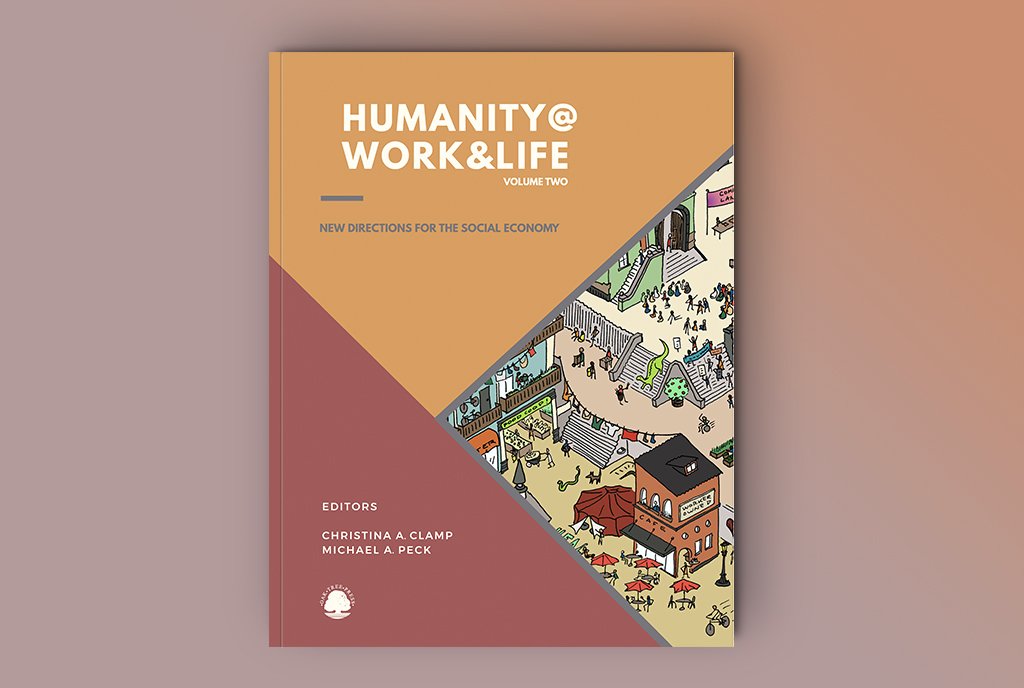The following is a transcript of the video above, from our webinar on “Remaking the Economy: Redefining Risk.” View the full webinar here.
Sign up for our free newsletters
Subscribe to NPQ's newsletters to have our top stories delivered directly to your inbox.
By signing up, you agree to our privacy policy and terms of use, and to receive messages from NPQ and our partners.
Ojan Mobedshahi: Our whole vision is around affordable housing and mixed-use real estate as well. Part of the non-extractive nature of our work is that in real estate in particular, the extraction is really visible in that your renters are paying monthly. Landlords and lenders are the ones building equity, that they can then extract by selling the property, and they’re also gaining profit through the interest that they’re receiving. And nothing is really being returned to the renters. After 20 years of renting, you don’t have a dime that you’ve built up through that account. Part of the way we’re applying this non-extraction internally to our real estate projects is that we have a fixed rate of return that goes to our lenders as well as to our equity investors. We have a fixed cap rate of return, which is 1.5 percent, as we’re talking about interest rates, which is a dividend target for us. Any other surplus that’s generated through that project is returned to the residents in a surplus account. That’s a way in which they’re able to build limited equity while keeping the property affordable for future residents.
So, we’re not flipping the property at the new market rate every time that a resident leaves. We’re not trying to create class mobility in that way. Nobody is going to get rich by living in one of our properties for 10 years and then leaving to try to extract that. But any surplus that’s generated from the property is not being extracted to some bank or some investor. It’s being held with the community there, with the individuals who are generating that money through their day job and investing it in their residence.











